You shouldn’t have to rely on toxic pesticides or dangerous and harsh chemicals to treat your lawn fungus.
Although lawn care is an important part of managing your property, you can easily get rid of harmful spores and fungal diseases naturally through a variety of materials that are safer for your lawn and your family.
So, instead of heading out to the lawn and garden supply shop or ordering a bottle of fungicide online, check out this article.
Here, we will provide you with a bunch of natural remedies and tips to help you treat fungus and prevent it from growing back as part of your lawn care efforts.
How You Can Treat Lawn Fungus Naturally
If you’re looking for something to help treat a fungal disease in your lawn, don’t go to a store.
First, check your kitchen cabinets. You might already have everything you need…
Baking Soda
Create a baking soda mixture by combining baking soda with water, then pouring the mixture into a spray bottle. Spray the product on the lawn fungal disease weekly.
Do this in the morning so the sun can help dry up the soil. Baking soda will pull the moisture from the fungus, killing the fungal disease over time.
Some people will also add a few drops of dish soap into this homemade lawn fungus treatment, helping to speed up the process.
Compost Tea
Adding compost tea to the fungus in your lawn will, ideally, kill the current fungus growth and prevent it from growing back.
So, what is compost tea? This is a mixture of 30% brown (such as dry straw), 45% grass clippings or other green material/organic matter, and 25% manure from herbivores. This mixture will also help your new grass thrive once planted, resulting in a healthy lawn.
Cornmeal
Good old-fashioned cornmeal is an effective and inexpensive way to treat your lawn for fungal diseases.
This ingredient is safe for the lawn and quickly attracts Trichoderma fungus, which is known to colonize around plant roots and inhabits fungus that causes lawn problems.
Vinegar
While vinegar is effective at treating lawn fungi, it can also be harmful to the grass around it.
When using vinegar as a solution, be careful where you spray and be prepared to replace all of the grass in that location.
Neem Oil
Neem oil is found in the Neem tree and has a natural and effective pesticide and fungicide found inside the Neem seeds.
You can spray this oil onto the fungus growing in your lawn. Over time, you will start to notice the spores drying up and dying off.
Prevent Lawn Fungus Growth
The best way to deal with lawn fungus is by preventing it from growing in the first place.
You can easily do this in a variety of ways, including watering at specific times of the day, maintaining your lawn properly, and leaving as little room for shade as possible.
Water Your Grass in the Mornings, Not at Night
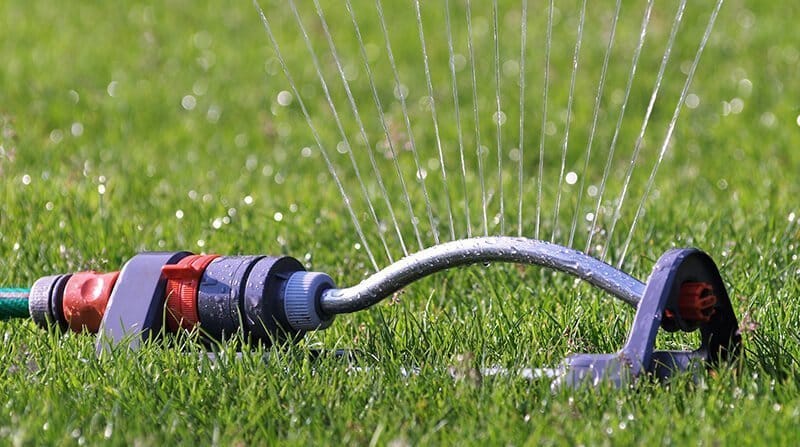
One of the best things you can do for your grass is to water it in the morning. By doing this, you will give the sun plenty of time to dry up the moisture before night falls.
Otherwise, the grass will be left sitting in puddles, which are a breeding ground for bacteria.
Eliminate as Much Shady Space as Possible
Although it can be nearly impossible to eliminate everything from your yard that can cause an obstruction to the sun, cutting large branches and trimming down bushes will help reduce the fungi buildup that is normally associated with shady spots.
Fungus thrives in moist, dark locations that typically don’t see very much sunlight.
Purchase a Dethatching Rake
A dethatching rake is specifically designed to remove old, dead, and rotting roots from your healthy, fresh ones.
Allowing dead grass to sit on top of your lawn will provide space for fungus and mold to breed and spread.
Aerate Your Lawn
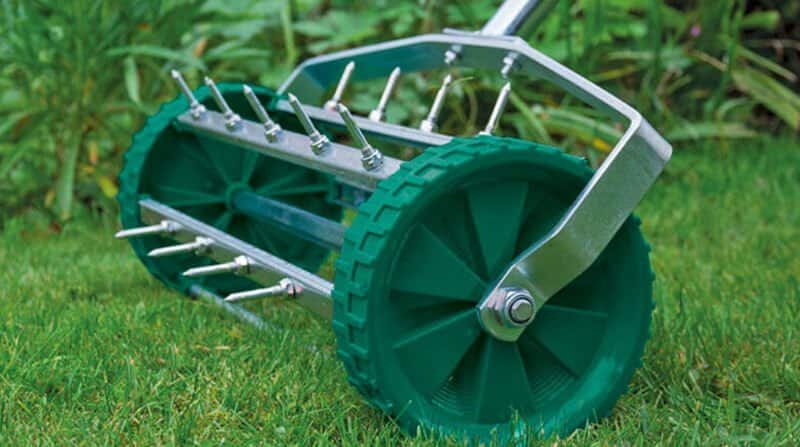
Aeration is a great way to provide plenty of air to your soil and grass. Roots are much more likely to die and rot when the ground becomes too compact.
As you already know, rotting roots create yard-destroying fungus.
Plant the Proper Grass for Your Location
We are well aware of the available exotic grass options that can make your lawn look fantastic.
Unfortunately, many of those seeds are not compatible with a lot of locations, making them more susceptible to disease.
When laying down the grass, speak with a professional before making any final decisions and choose an option that is going to have the best chance of thriving in your environment and climate.
Be Careful Mowing Your Yard
Check the settings on your lawnmower. Cutting the grass too close to the root will weaken it and make your grass more susceptible to fungus and other diseases.
You might find yourself cutting it closer in some areas than in others, which is probably because the soil is uneven.
If you have this issue, you should get a heavy lawn roller and try to get the yard as even as possible.
How to Identify Lawn Fungus
Before you start to treat lawn fungus, it is a good idea to make sure the problem you are dealing with is, in fact, fungus.
Multi-colored Rings and Spots
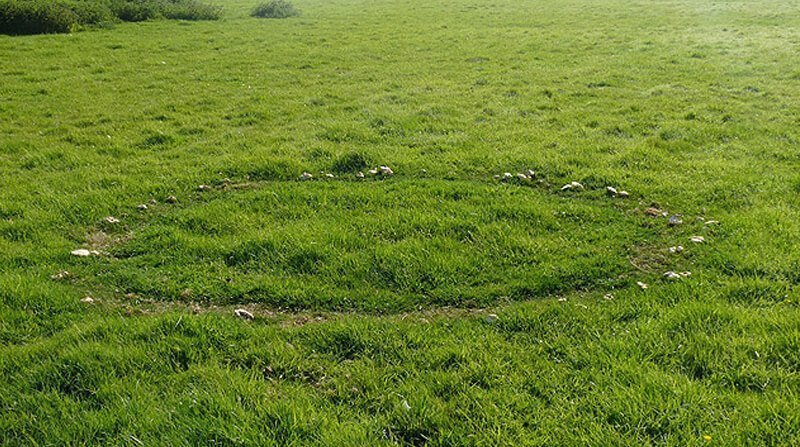
One of the first signs that indicate your lawn is suffering from lawn fungus is a dark, round ring that looks slimy, wet, and greasy. This is the result of rotting grass and bacterial buildup.
Aside from these large dark spots, you will also see colorful dots on the grass stem and roots. These dots can be a variety of different colors, including purple, red, grey, black, or orange.
Milky Thread-Like Remnants
When you have fungus growing and spreading through your lawn, you will be able to clearly see milky, chalky, thread-like remnants coating the grass and roots. This will often be in a black, white, or grey color.
Thinning and Distorted Grass and Color
Fungus-covered grass will lose vital nutrients and become weak, making it lose its vibrant green color and causing the grass blades to thin out and become frayed.
5 Types of Lawn Fungus
The more you know about what type of fungus you are dealing with, the better equipped you will be to remedy the problem.
Here are five of the most common forms of lawn fungus, with the best ways to treat each one:
Brown Patch Fungus
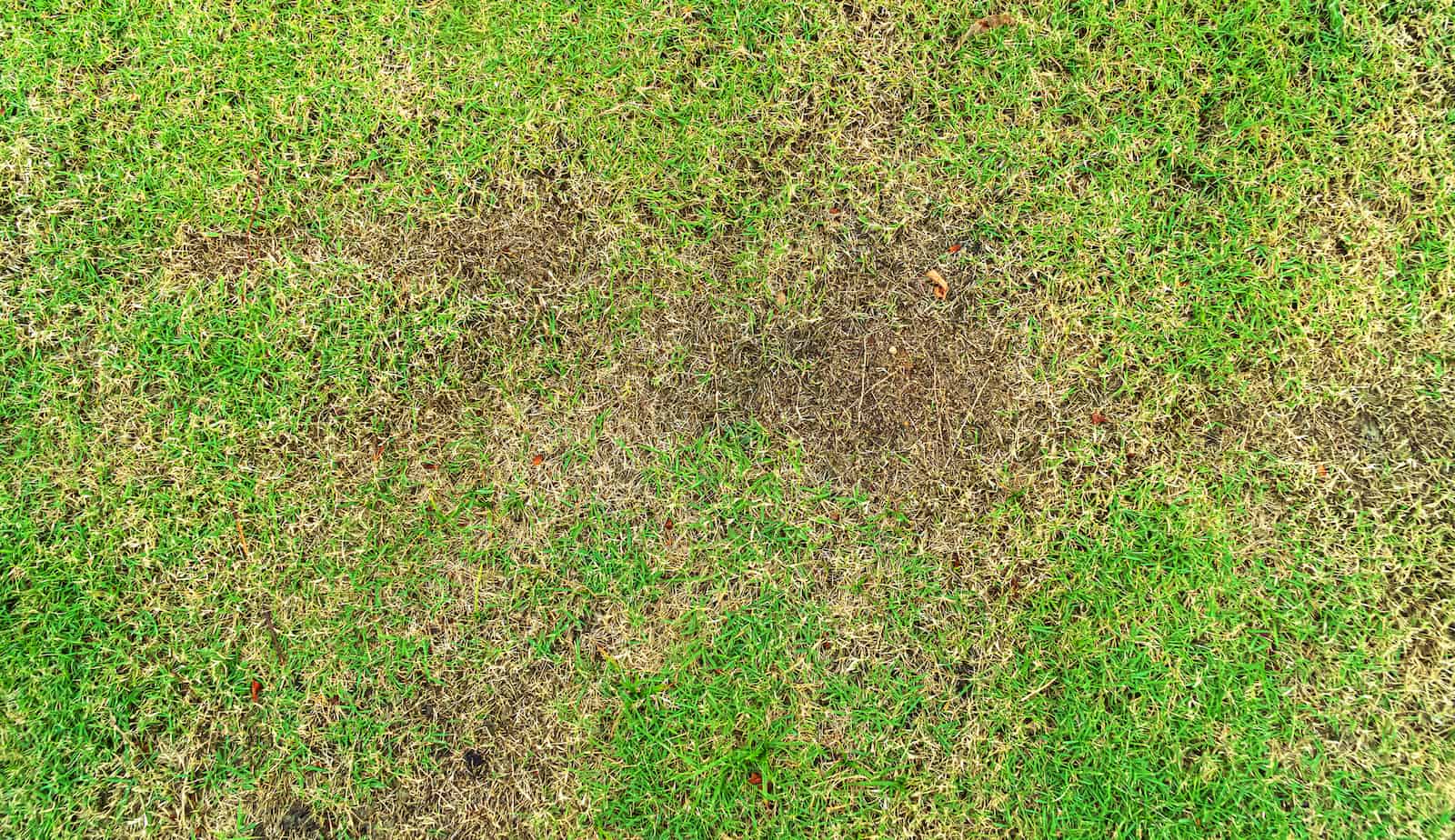
Brown patch fungus is one of the most common types found in lawns during the summer when humidity and temperatures rise. A brown patch will most frequently form due to a fungus known as Rhizoctonia.
How to treat: Rake the affected area to spread it out, allowing it to dry quicker. This will put the fungi back into a dormant state.
Red Thread
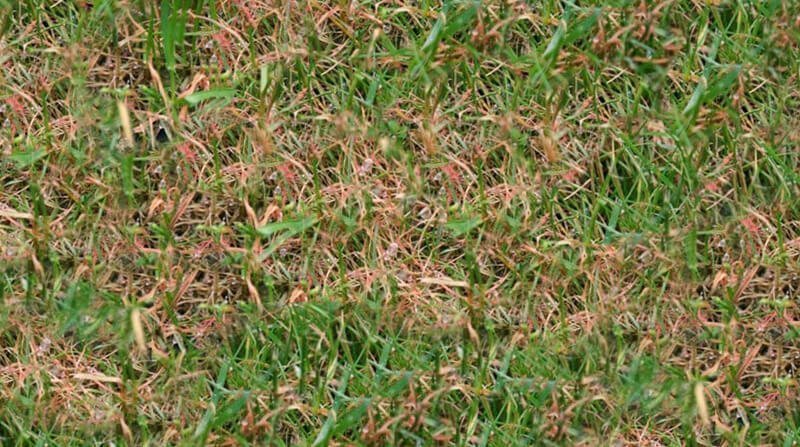
Red thread fungus is easy to identify because of the red, thread-like appearance that protrudes from the tip of the grass blades. This type of fungus makes a home in lawns that are wet and often experience overcast conditions.
How to treat: Because the red thread is often spotted in areas without enough nitrogen in the soil, using a nitrogen-rich fertilizer can solve the fungi problem.
Dollar Spot
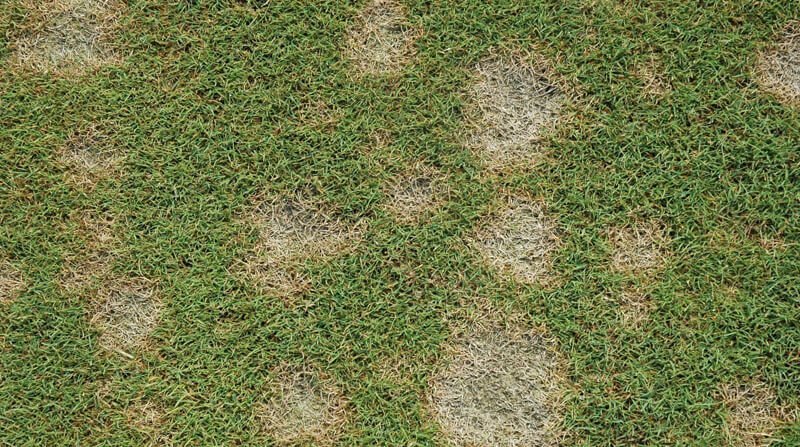
Dollar spot patches are created by Sclerotinia homoeocarpa fungi and are a direct result of the disease re-emerging during the spring after going dormant all winter.
How to Treat: Avoid overwatering the location and only give your grass water in the morning. Avoid watering in the evening. You can also use one of the above natural remedies if the fungus doesn’t clear up.
Gray Snow Mold
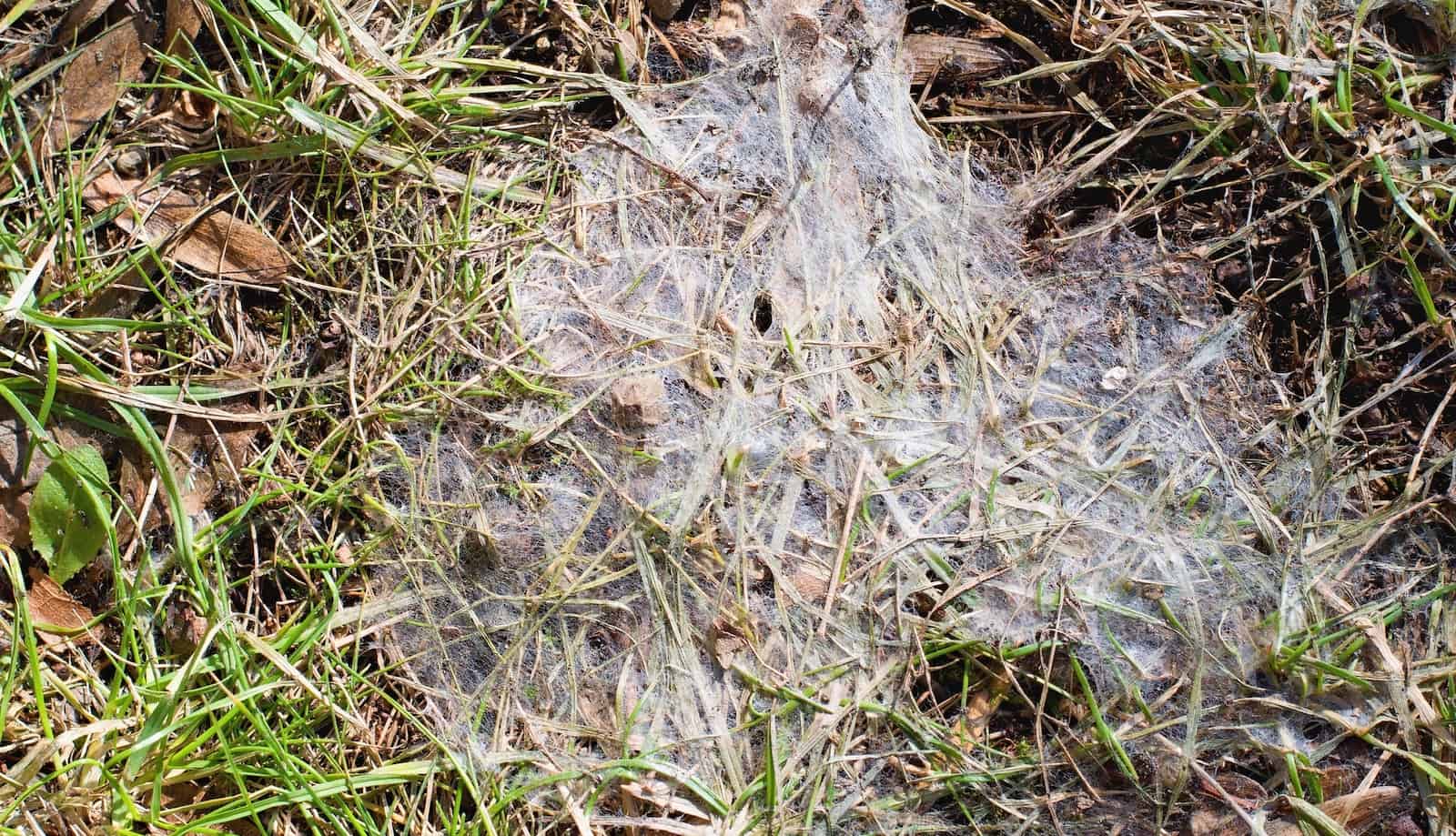
You might be familiar with this particular fungus. It is often seen after long winters when the snow starts to melt. This fungal disease occurs when the grass is smushed together in a thick, heavy, wet blanket of snow.
How to treat: The best way to rid gray snow mold is to rake out the spores and fungus remnants and let them dry out, then sprinkle new grass seed on the bare space.
Pythium Blight
Pythium blight is one of the more difficult fungi to catch and identify because it often looks wet like dew rather than an outbreak. This invasion should be taken care of immediately as it can quickly spread throughout the lawn.
How to treat: The best way to treat Pythium blight is by completely removing the thatch in the location of the invasion, then treating the soil with one of the remedies above.
Summing Things Up
Fungus growth can really put a damper on your day, especially when you have been working so hard to create the ideal landscape for your lawn.
The best way to solve your fungi situation is by having the ability to identify, treat, and prevent the problem.
